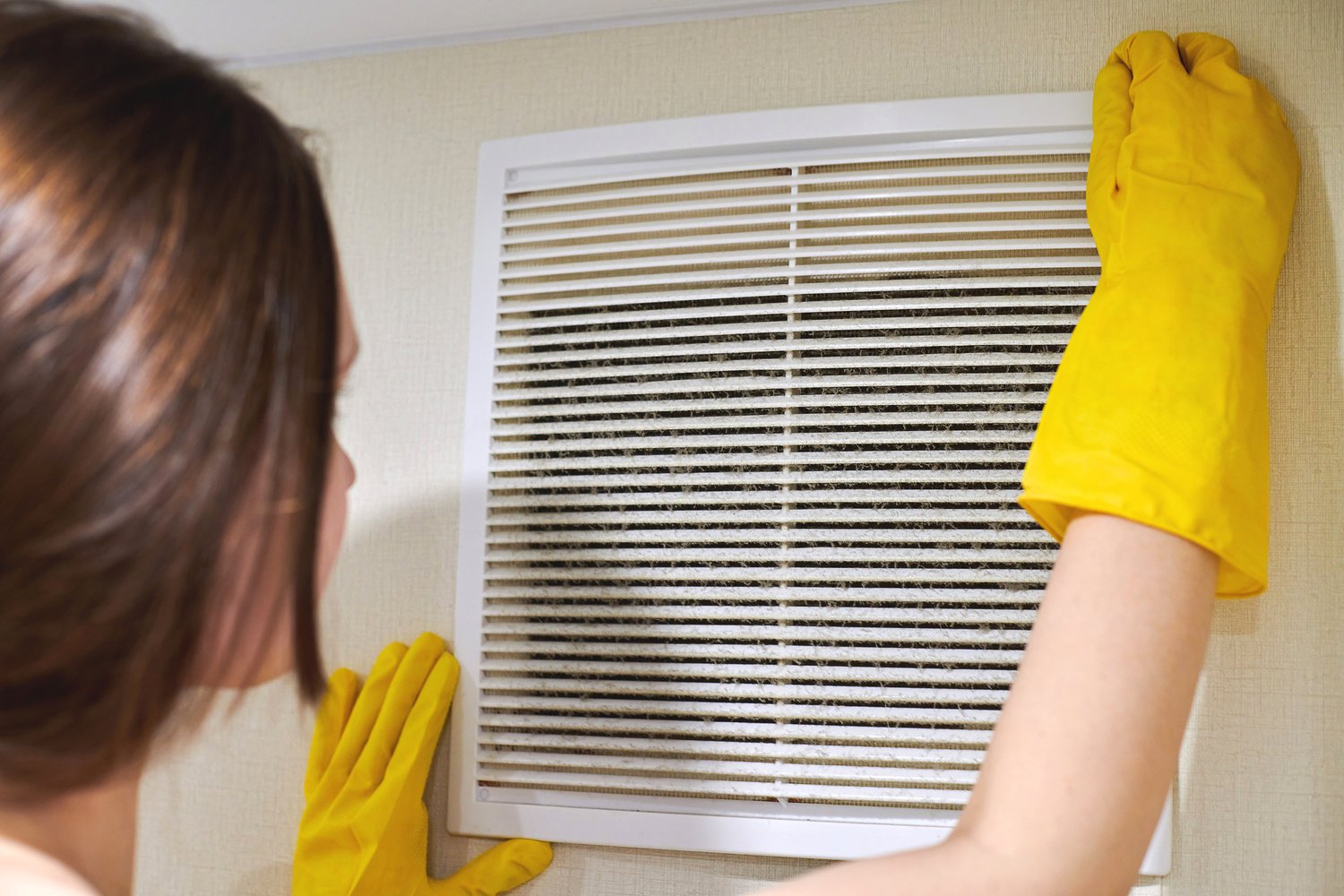When redecorating your living space, the type of paint you choose impacts more than just the aesthetic appeal of your home—it directly affects your indoor air quality and overall well-being. Conventional paints often contain volatile organic compounds (VOCs) and other chemicals that can release harmful emissions into your home for years after application. Fortunately, the market now offers numerous sustainable paint options that are both beautiful and better for your health. This article explores eco-friendly and non-toxic paint for home use, including low-VOC, zero-VOC, and natural paint alternatives that can transform your interior spaces without compromising your family’s health.
Understanding VOCs and Their Impact on Indoor Air Quality
Volatile organic compounds are carbon-containing substances that easily evaporate at room temperature, releasing gases into the air. In traditional paints, these compounds help with application and drying but continue to “off-gas” for months or even years after painting is complete. This off-gassing contributes to indoor air pollution, which the EPA reports can be two to five times higher than outdoor levels. The health effects associated with VOC exposure include headaches, dizziness, respiratory irritation, and even damage to the liver, kidneys, and central nervous system with long-term exposure. For those seeking healthy home paint choices, understanding the impact of these chemicals is the first step toward making better decisions for your living environment.
The Benefits of Low-VOC and Zero-VOC Paints
Low-VOC and zero-VOC paint benefits extend far beyond just reducing harmful emissions. These environmentally conscious formulations have dramatically improved in recent years, offering performance that rivals conventional paints. Low-VOC paints typically contain less than 50 grams of VOCs per liter, while zero-VOC options contain less than 5 grams per liter. The immediate advantage is significantly reduced odor during application, making it possible to repaint a room and use it almost immediately afterward. This is particularly valuable for households with children, elderly members, or individuals with respiratory sensitivities such as asthma or allergies.
Beyond health considerations, these paints contribute to sustainability by reducing air pollution and decreasing dependence on fossil fuel derivatives. Many manufacturers of low-VOC paints also implement more environmentally responsible production practices. The durability of these paints has improved substantially, with many brands offering excellent coverage, washability, and longevity comparable to their conventional counterparts. This development addresses previous concerns about performance trade-offs when choosing healthier paint options.
Natural Paint Alternatives: Traditional Wisdom for Modern Homes
For those seeking the most eco-friendly approach, natural paint alternatives represent the pinnacle of sustainable paint options. These formulations harken back to traditional recipes while incorporating modern innovations. Milk paints, made from milk protein (casein), lime, and natural pigments, provide a unique, somewhat mottled finish that adds character to interior spaces. Clay paints offer excellent breathability for walls, helping to regulate humidity and prevent mold growth. Mineral-based paints containing silicates form a chemical bond with surfaces, creating extremely durable finishes without petroleum-based ingredients.
These natural alternatives often come with the added benefit of being biodegradable and made from renewable resources. While they may require different application techniques than conventional paints, many homeowners find the learning curve worthwhile for the unique aesthetic results and peace of mind regarding indoor air quality. Professional painters familiar with these products can provide guidance on proper application methods to achieve optimal results, and you can find qualified professionals who specialize in non-toxic paint application through platforms like AskHomey.
Certifications and Labels to Look For
Navigating the world of sustainable paint options can be challenging with various manufacturers making different environmental claims. Several independent certifications help consumers identify truly healthier products. The Green Seal certification indicates paints meeting strict environmental standards, including VOC limits. The GREENGUARD certification focuses specifically on indoor air quality impact, while the “Indoor Advantage Gold” certification from SCS Global Services tests products for compliance with California’s strict air quality requirements.
Beyond certifications, many manufacturers now voluntarily disclose their complete ingredient lists, allowing consumers to make informed decisions. This transparency represents a significant shift in the industry toward accountability and consumer education. When shopping for non-toxic paint for home use, these labels provide valuable guidance in selecting products that align with your health and environmental priorities.
Practical Considerations for Your Next Painting Project
When planning a painting project using sustainable options, several practical considerations can help ensure success. These healthy home paint choices sometimes behave differently than conventional paints during application. Natural paints may require specific primers or surface preparation techniques, while some low-VOC formulations might need different drying times between coats. Consulting with knowledgeable retailers or professional painters experienced with these products can help you navigate these differences.
Color selection also warrants consideration. While the range of available colors in eco-friendly paints has expanded dramatically, natural paints particularly may offer a more limited palette derived from earth pigments. However, this constraint often leads to timeless, harmonious color schemes that complement a wide range of interior design styles. The subtle variations in tone characteristic of some natural paints can add depth and visual interest that mass-produced synthetic paints cannot match.
For more tips and to connect with reliable home service professionals, follow AskHomey on Facebook and Instagram.



